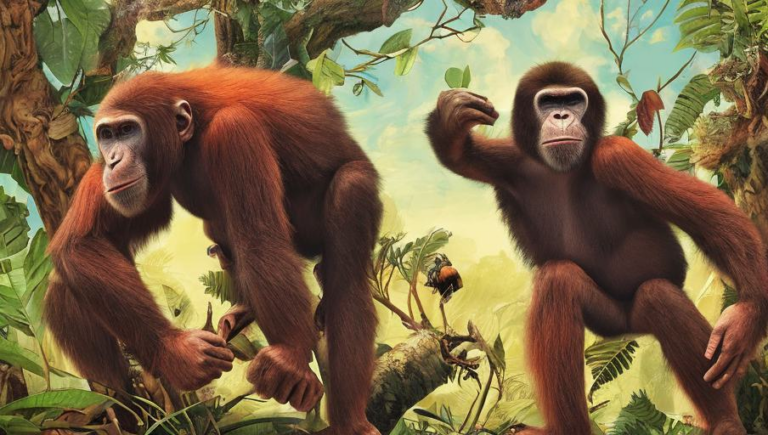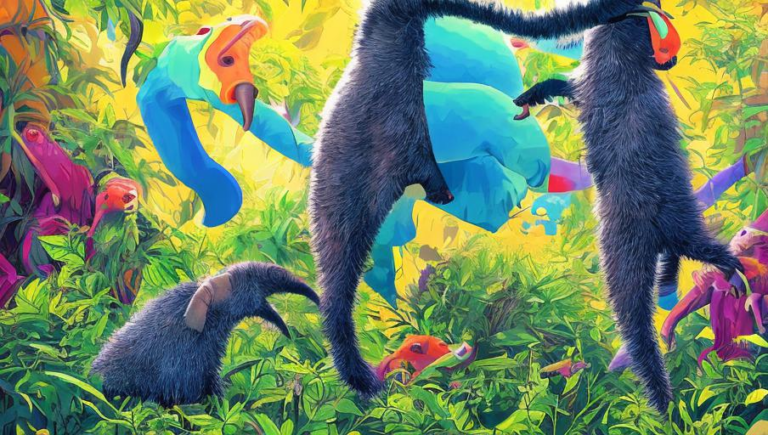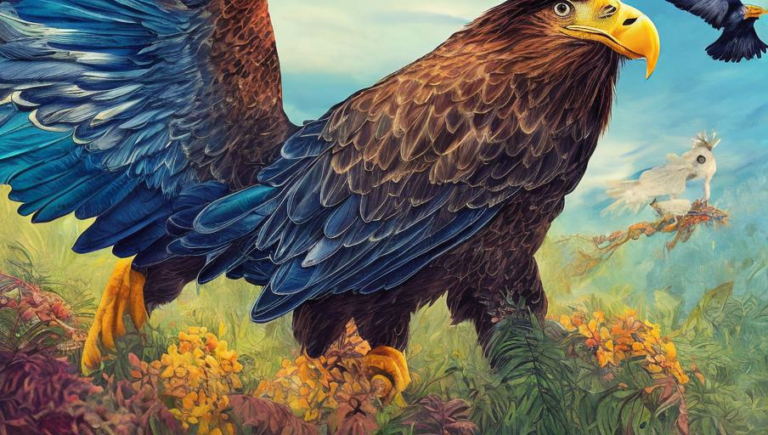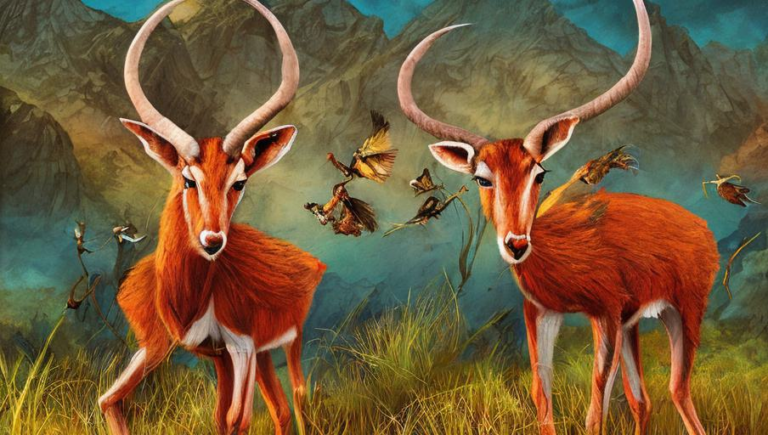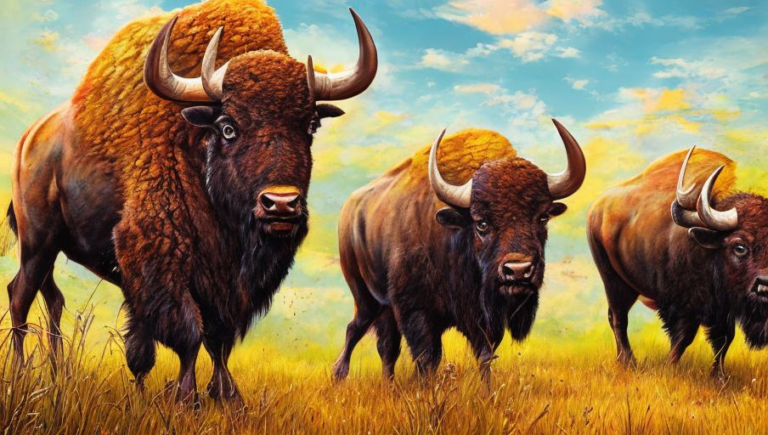Amazing Anteater Facts You Should Know
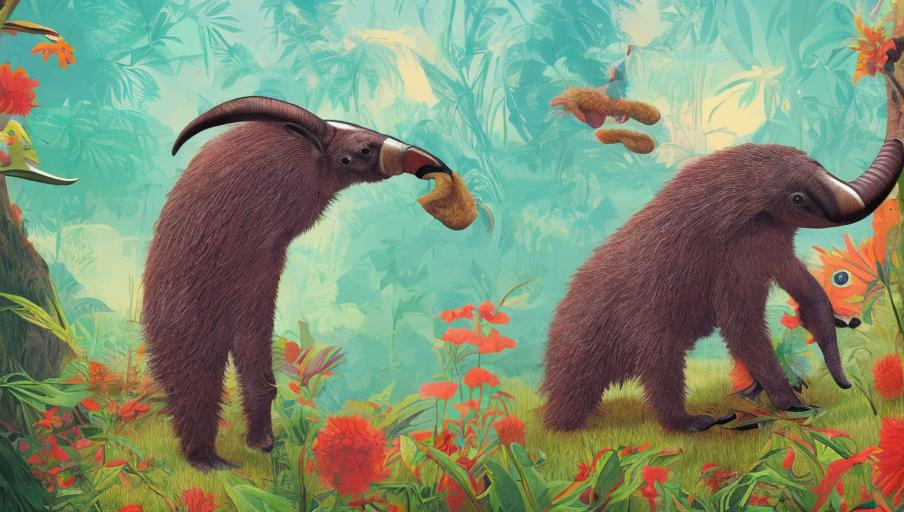
The Remarkable Anteater
The ant-eating mammal, otherwise known as the anteater, is a unique and fascinating creature. Found in Central and South America, the anteater has adapted to its environment in order to survive. While they have a reputation for being solitary creatures, they are actually quite social and live in family units. Anteaters have also developed some interesting adaptations to survive in their environment, such as their long snouts and sharp claws.
Dietary Habits of the Anteater
Anteaters are insectivores and feed primarily on ants and termites, hence their name. They usually hunt at night when the insects are most active and use their long snouts and sharp claws to break into termite and ant mounds. They also use their tongues to scoop up the insects. Anteaters can consume up to 35,000 insects in a single day, making them one of the most efficient insect-eaters in the world!
The Anteater’s Extraordinary Adaptations
The anteater has several unique adaptations that enable it to survive in its environment. Its long snout and sharp claws are perfect for tearing open ant and termite mounds, while its tongue is covered in sticky saliva and can reach up to 60 cm in length. This helps it to capture its prey. Its stomach is also specially adapted to digest the hard exoskeletons of ants and termites.
Anteater Social Habits
The anteater is actually a social creature and lives in family units. They communicate with each other by making noises, such as grunts and hisses. Anteaters also groom each other and mark their territory with scent markings.
Threats to the Anteater
Unfortunately, the anteater is vulnerable to extinction due to habitat loss and hunting. They are also at risk from feral cats, dogs, and other predators. In addition, the anteater is a popular pet in some areas, which puts a strain on their population.
Conservation of the Anteater
Fortunately, conservation efforts have been made in order to protect the anteater and its habitat. The IUCN Red List of Threatened Species has listed the anteater as “Vulnerable”, and efforts are being made to protect and restore their habitats. Some countries have also implemented laws to protect the anteater from hunting and poaching.
Conclusion
The anteater is a remarkable creature with many fascinating adaptations that enable it to survive in its environment. Unfortunately, they are under threat due to habitat loss and hunting. But with continued conservation efforts, we can ensure that the anteater remains a part of our planet’s wildlife for generations to come.
